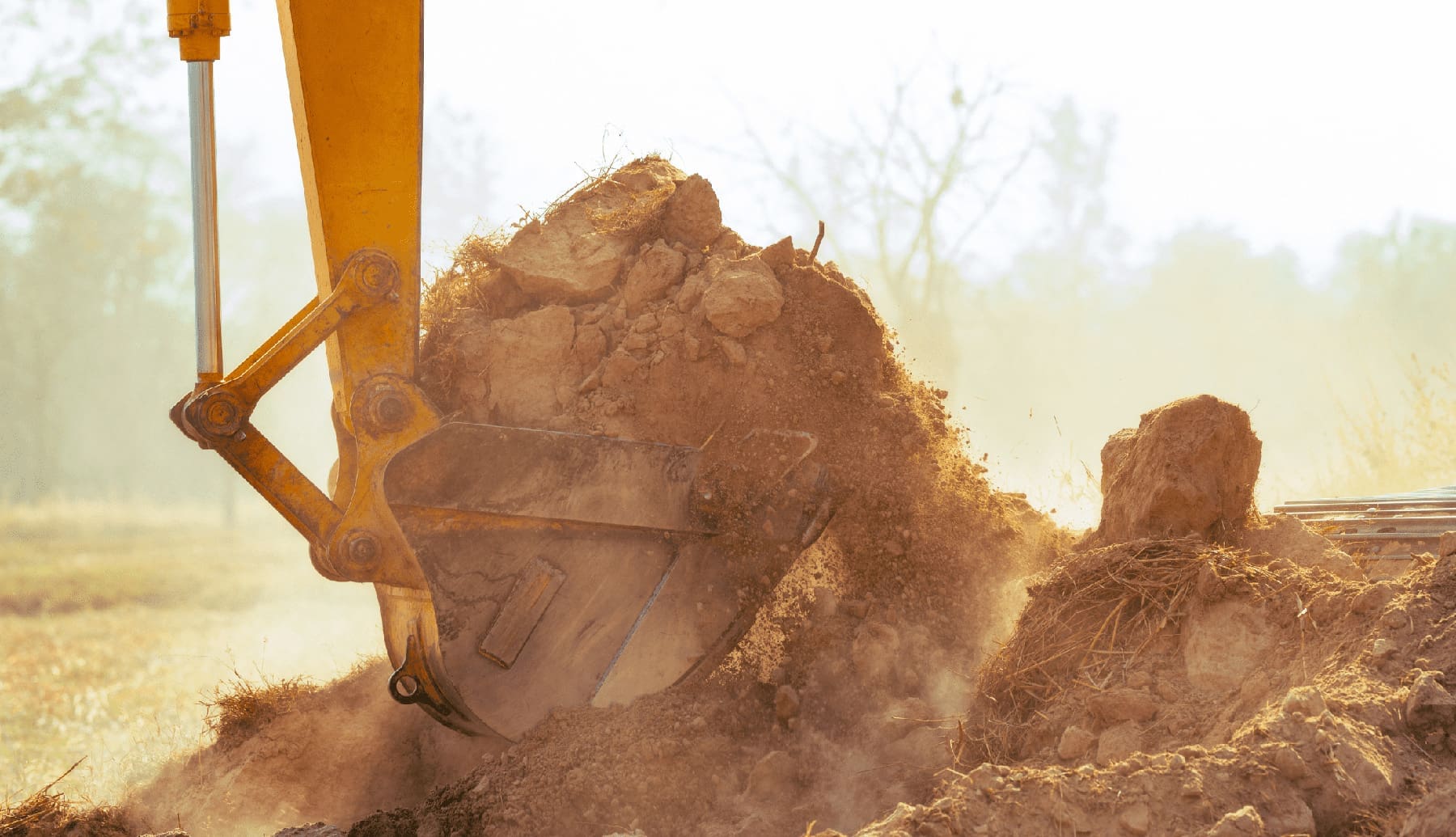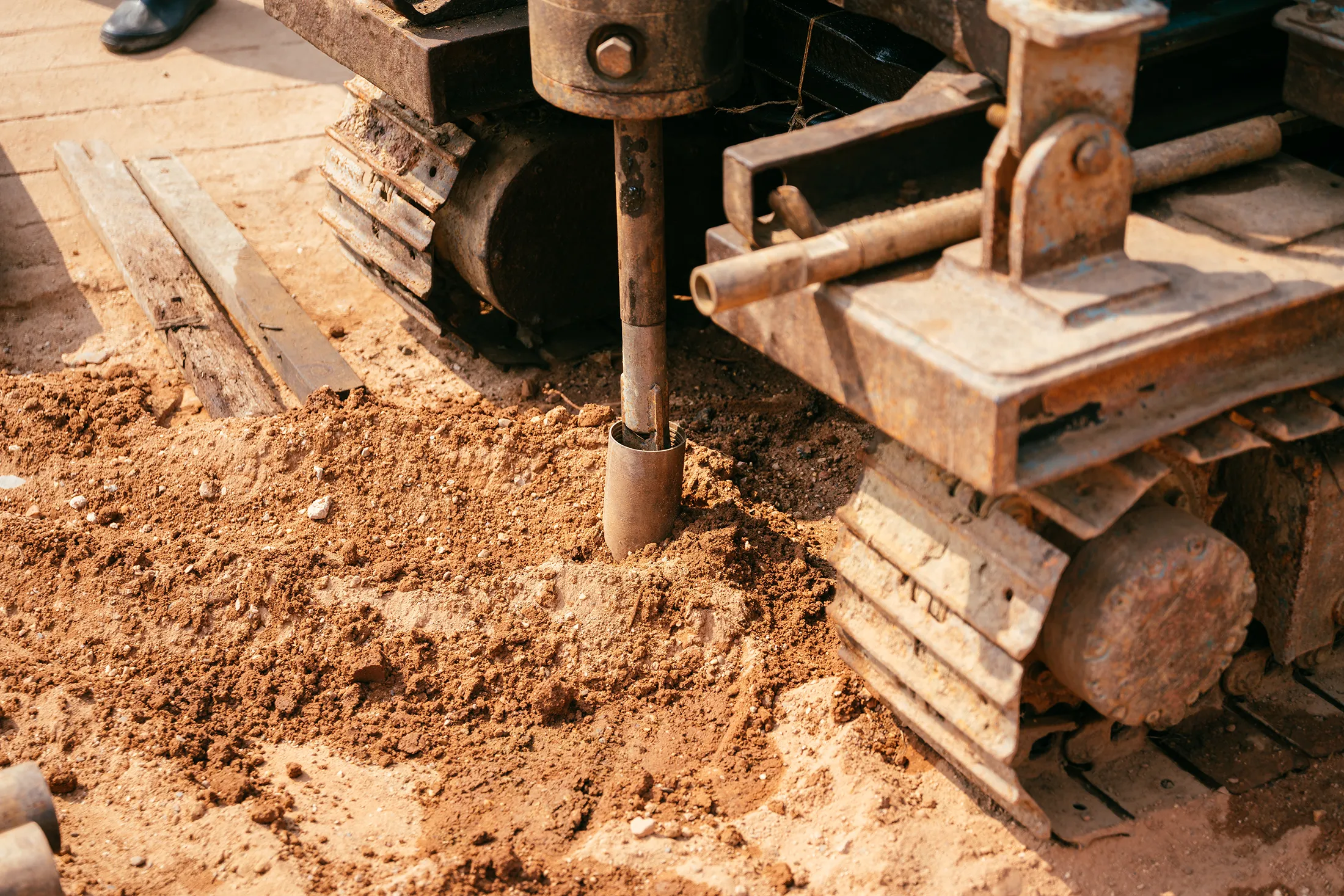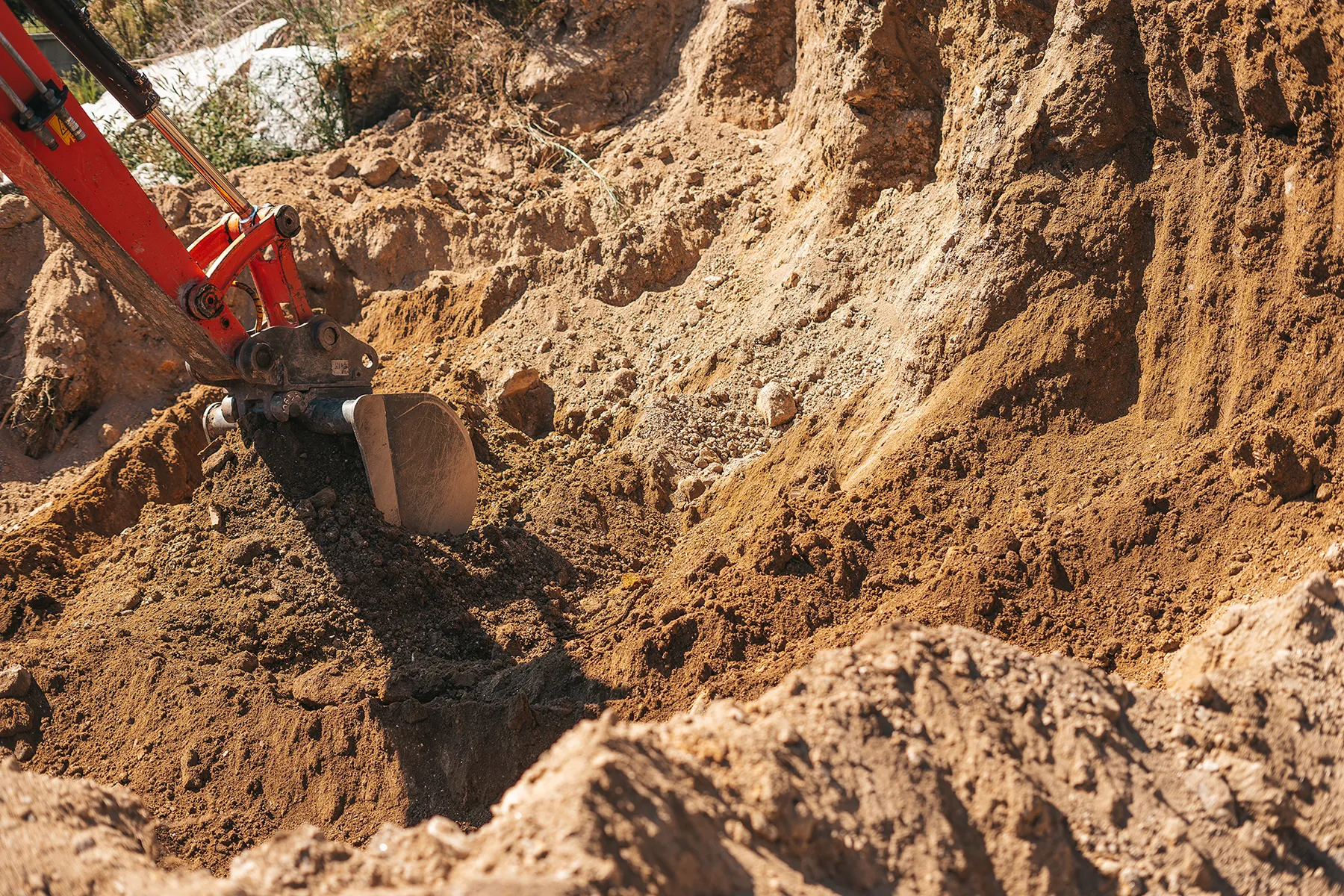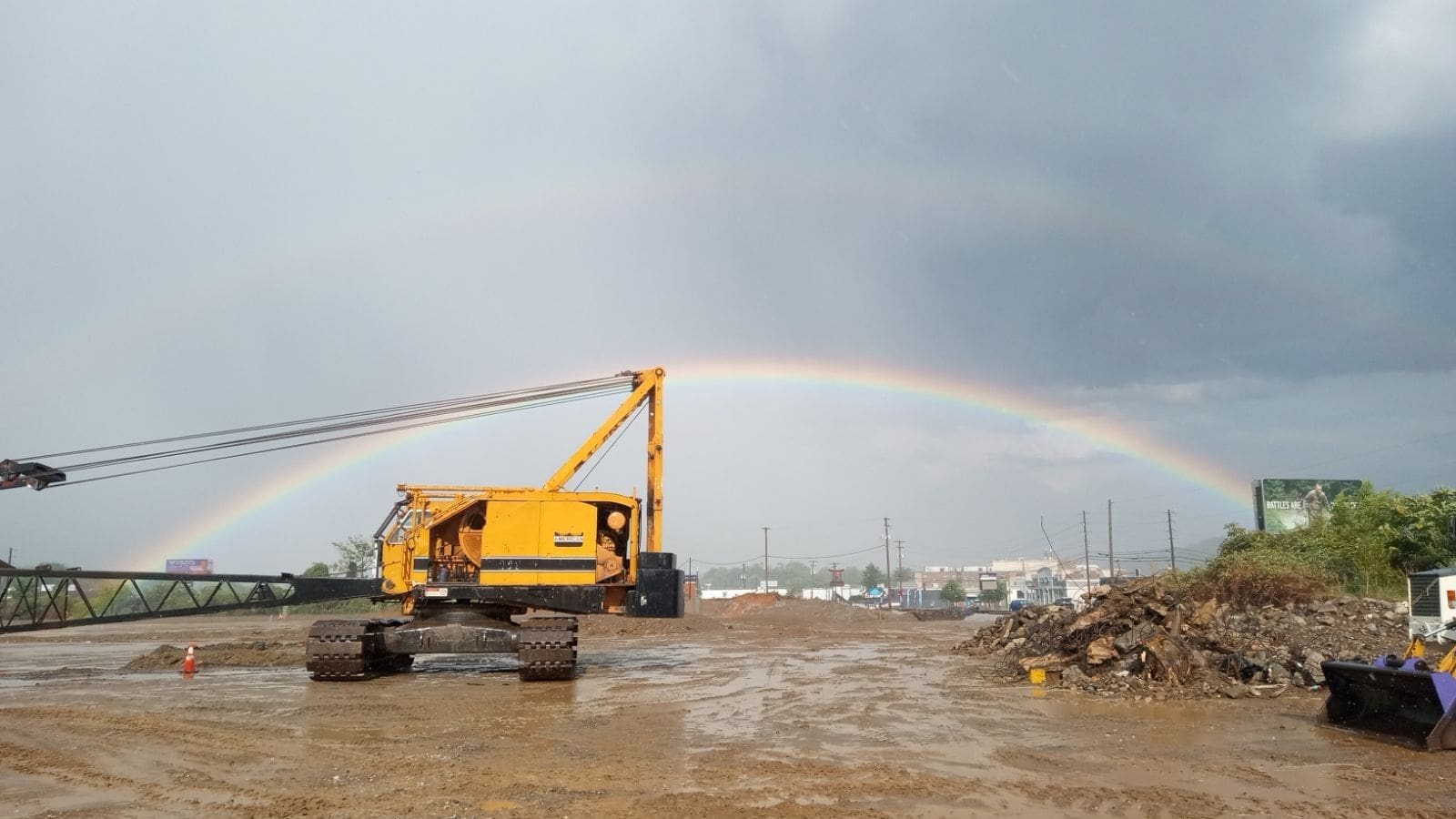
Top 5 Soil Types for Densification & Their Unique Characteristics
In construction, the strength and stability of your project depend heavily on what’s beneath the surface—the soil. Different soil types react in various ways under pressure, and not all are naturally equipped to support heavy structures. This is where densification comes into play. By compacting and reinforcing the ground, densification transforms weak soils into solid foundations capable of bearing significant loads.
To help you understand which soils are best suited for densification, we’ve highlighted the top five soil types and their unique characteristics.
What is Densification?
Densification refers to a series of ground improvement techniques used to compact loose or weak soils, making them stronger and more stable for construction. The process involves increasing the density of the soil by reducing the volume of air or water within its pores, which improves its load-bearing capacity and reduces the risk of settlement. Various methods of densification, such as vibro-compaction, dynamic compaction, and static compaction, are applied depending on the type of soil and the specific needs of the project. By enhancing soil strength, densification ensures a solid foundation for buildings, bridges, roads, and other structures. Now, let’s dive into the different soil types that respond best to these densification techniques.
1. Sandy Soils
Sandy soils are composed of coarse particles that do not hold onto water, allowing for excellent drainage. However, due to the large spaces between particles, sandy soils can be loosely packed, which poses a challenge when it comes to supporting heavy structures. Densification is extremely effective for sandy soils, as their granular structure allows particles to rearrange and compact easily under external forces.
Vibro-compaction is particularly suited for this soil type. This method uses a vibrating probe that penetrates the ground, creating vibration waves that cause the sand particles to shift and fill the voids between them. As a result, the soil becomes more compact and stable, capable of supporting greater loads without the risk of settlement or shifting. Dynamic compaction, another common technique, uses repeated impact from heavy weights dropped from a height to compress the sand into a more stable mass.
Key Characteristics:
- High permeability due to large particle size
- Quick drainage but prone to shifting
- Highly effective when using vibro-compaction and dynamic compaction techniques
Application Tips: For construction projects involving sandy soils, especially in coastal or desert regions, it’s essential to use densification methods that specifically target the gaps between particles to avoid future settlement issues. Sandy soils also perform well with frequent monitoring during densification to ensure uniform compaction across the site.
2. Gravelly Soils
Gravelly soils are composed of larger, coarse rock fragments mixed with smaller particles like sand or silt. These soils tend to be highly stable and drain quickly due to the spaces between the gravel fragments. However, without densification, these gaps can allow for potential shifting or settling over time, especially under heavy loads.
Dynamic compaction is particularly effective for gravelly soils. The repeated heavy impact compresses the larger particles, reducing the voids between them and increasing overall stability. The process creates a denser, more resilient foundation for roads, industrial projects, and other large-scale construction.
Key Characteristics:
- High strength and large particle size
- Excellent drainage capacity
- Performs best under dynamic compaction due to its coarse texture
Application Tips: Gravelly soils are ideal for large construction projects where drainage is key, such as highways or airstrips. Careful attention should be paid to ensuring uniform compaction, as gravel can shift more dramatically than finer soil types if not compacted properly.
3. Silts
Silty soils are made up of fine particles that are smaller than sand but larger than clay. These particles are typically smooth and feel slippery when wet, which can lead to issues with stability and strength. Silts have a tendency to retain water, making them prone to expansion and contraction depending on moisture content. Without treatment, silty soils may compress unevenly, leading to settling problems in structures.
Densification techniques like preloading or vibro-compaction can be highly effective in improving the strength of silty soils. Preloading involves placing heavy loads on the soil over time, which compresses the silt and forces out excess water. Vibro-compaction also helps to rearrange the particles into a denser formation, reducing the risk of future settlement.
Key Characteristics:
- Fine particles with high moisture retention
- Prone to compression and uneven settling
- Requires preloading or vibro-compaction to improve strength
Application Tips: When working with silty soils, it’s important to address the moisture content before densification. Proper drainage systems may also need to be installed to prevent water buildup, as this can affect the long-term stability of the soil. Ensuring the ground is compacted and dry will improve the structural integrity of the foundation.
4. Clays
Clay soils are composed of very fine particles that can hold large amounts of water. These soils are highly cohesive, meaning they stick together, which can be both an advantage and a challenge in construction. Clays tend to swell when wet and shrink when dry, leading to instability and potential cracking in foundations. However, with the right densification techniques, clay soils can be stabilized to provide a strong foundation.
Dynamic replacement is one of the most effective methods for densifying clay soils. This process involves replacing some of the clay with a more granular material, such as sand or gravel, and then compacting the entire mixture. This not only strengthens the clay but also improves its drainage properties, reducing the likelihood of swelling.
Key Characteristics:
- Very fine particles with high water retention
- Prone to swelling, shrinking, and cracking
- Best stabilized with dynamic replacement techniques
Application Tips: To ensure long-term stability in clay-heavy areas, it’s crucial to monitor moisture levels and use densification techniques that reduce water retention. If possible, combining clay with granular materials can drastically improve the load-bearing capacity and reduce the risk of foundation issues caused by soil movement.
5. Loam
Loamy soils offer the best of all worlds. A balanced mixture of sand, silt, and clay, loam is highly fertile, well-draining, and easy to work with. It compacts well naturally but can be further improved with densification techniques like static compaction or shallow dynamic compaction. Loamy soils are less prone to shifting than sand, silt, or clay on their own, but densification ensures an even greater level of stability.
For construction, densifying loam creates an even stronger foundation while maintaining its natural advantages. Static compaction, which involves pressing the soil using heavy equipment without vibration, is especially effective for loamy soils. It ensures uniform compaction while preserving the soil’s structural integrity.
Key Characteristics:
- Balanced mixture of sand, silt, and clay
- Naturally stable and well-draining
- Ideal for static or shallow dynamic compaction
Application Tips: Loamy soils are great for residential and commercial projects due to their versatile and balanced nature. Densification may not always be necessary, but in areas prone to heavy rainfall or seismic activity, it’s wise to strengthen loamy soil to prevent shifting or settling over time.
Preparing the Right Groundwork
Understanding the unique characteristics of these soil types is the first step in ensuring a solid foundation for any construction project. Densification techniques tailored to the specific soil type can enhance ground stability, improve load-bearing capacity, and prevent future settlement issues. Whether you’re working with sandy soils, silts, or clay, the right approach to densification will make all the difference in the long-term success of your project.
Need help determining the right densification method for your soil type? At Densification, we provide expert consultation and turnkey ground improvement services to ensure your project gets off to a strong start. Contact us today to learn more about our comprehensive soil solutions!











